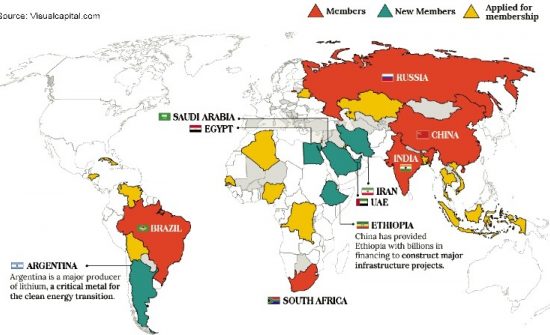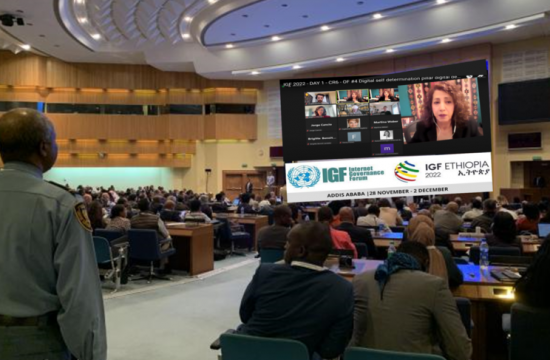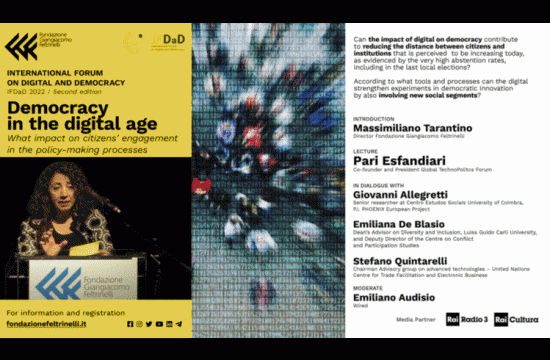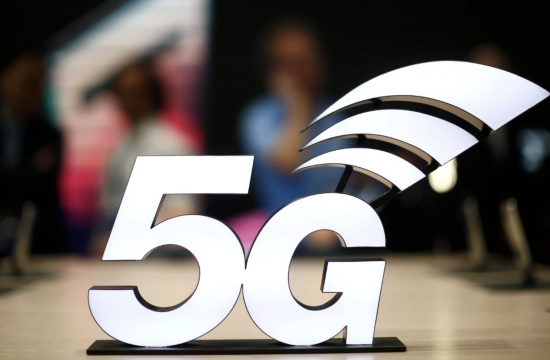By: Pari Esfandiari
The Russian invasion of Ukraine, for the most part, seems an old-fashioned war of invasion and terror that demands boots on the ground. In reality, it has blended traditional and innovative elements, and while the cyber dimension has been less visible, it has been fully-fledged from the very start. A study by Microsoft indicates that, as a prelude to the war, on Feb 23, 2022, one day before the official invasion, Russia launched a cyberweapon called ‘Foxblade’ “against computers in Ukraine. Reflecting the technology of our time, those among the first to observe the attack were half a world away, working in the United States in Redmond, Washington.” As for the Ukrainian defense, it has been quick “to disburse its digital infrastructure into the public cloud, where it has been hosted in data centers across Europe.”
What we are witnessing, in the words of Ukraine Vice Prime Minister and Minister of Digital Transformation, Mykhailo Fedorov, is a twenty-first century’s Cyber World War One (CWWI). In the borderless cyber world, codes have become weapons that move at the speed of light, and war narrative is crowdsourced to be constructed and documented. This war’s soldiers are not just “regular Russian and Ukrainian servicemen or even irregular warriors. It also involves legions of financiers, bankers, business executives, hackers, influencers, and spin doctors.” As for the ensuing cold war 2.0, it involves an alliance of countries, but also a coalition of the private sector, civil society, and government. The evolving concept and conduct of war pose serious questions about the nature of war, the meaning of soldier, the practice of propaganda, and the role of government. Read the full report.










